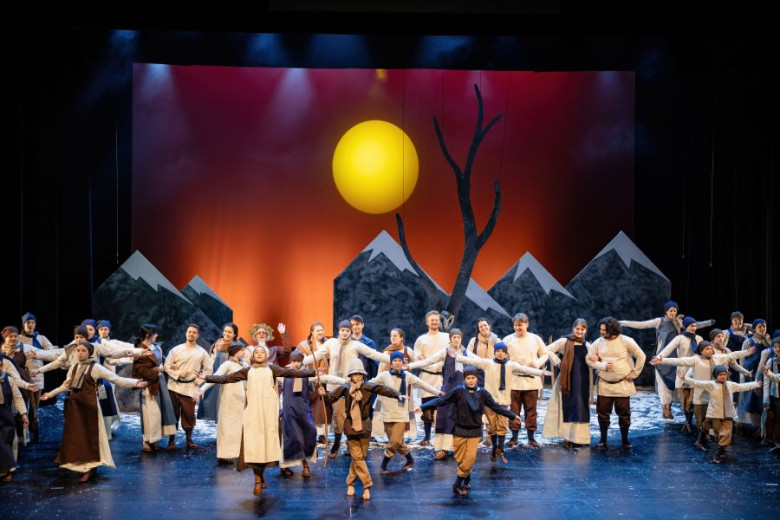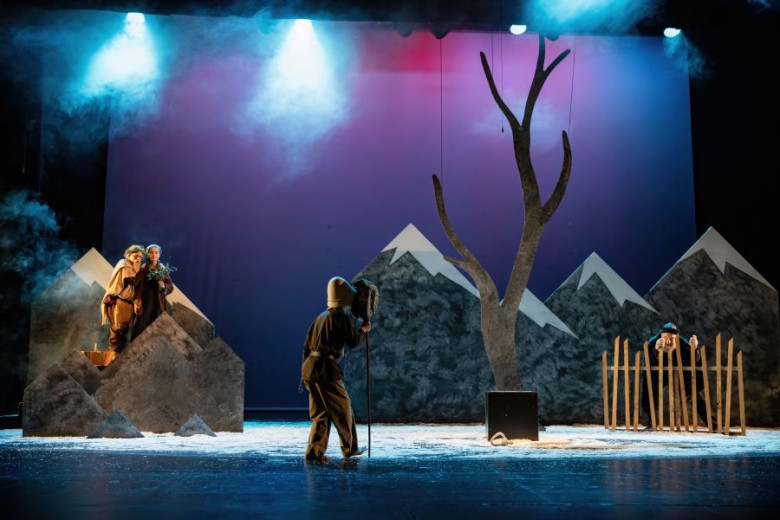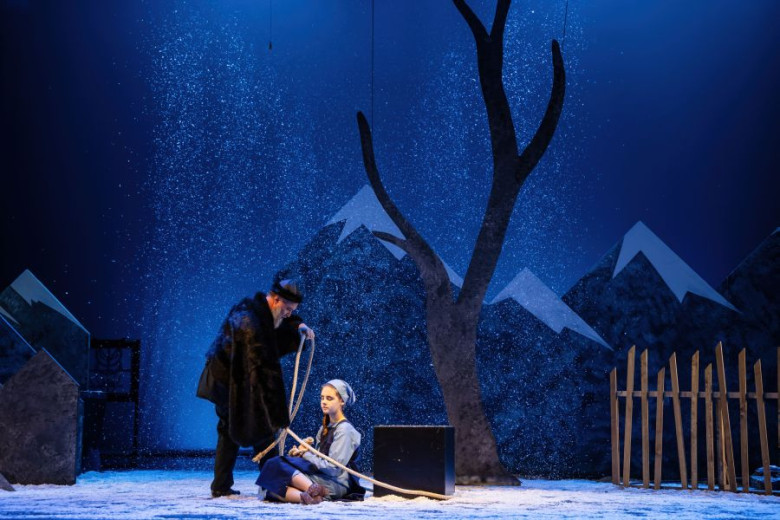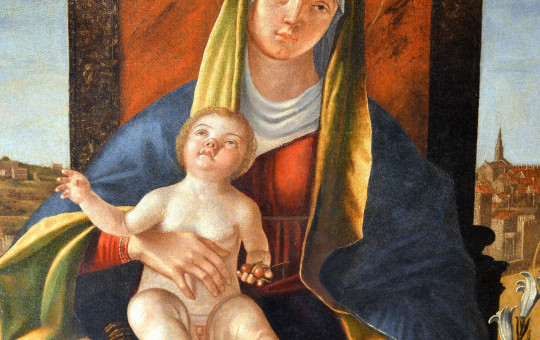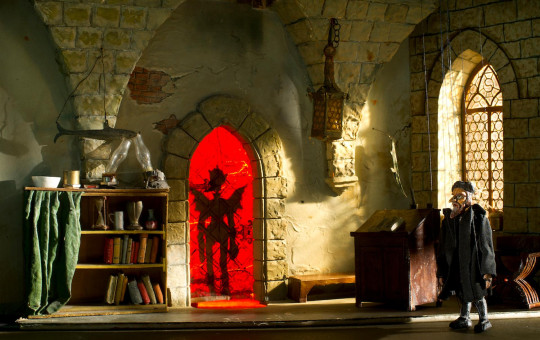Date: 14. February 2024
Time to read: 2 min
The beloved character from Slovenian children's stories, Kekec, is more than 100 years old, but the story by writer Josip Vandot is still prime for various interpretations both on screen and on stage. This year also marks the 140th anniversary of the writer's birth and the 80th anniversary of his death. The most recent production on stage is an opera for children entitled Kekec and Skovik the Elf.
The writer Josip Vandot was born in 1884 in Kranjska Gora, and died in 1944 in Croatia. His trilogy of Kekec stories inspired the Slovenian writer, poet and librettist Milan Dekleva to write the opera's libretto and the equally excellent composer Tomaž Habe to write the music for this opera.
A Magical Time
The story takes the audience to a magical time at the winter solstice. The days are at their shortest and the nights are at their longest.
This is not only a fact of nature, but is linked to our ancestors' belief that the mystical wheel of life stops at that time.
One cycle ends and a new cycle begins. This period is therefore mysterious and magical. It is also fraught with danger and unpredictability. It is when we are most vulnerable and susceptible to bad things. And it is precisely in this magical time that the story of Kekec is set.
-
 Kekec is driven by good intentions and the desire to help as best he can. Photo: Darja Štravs Tisu
Kekec is driven by good intentions and the desire to help as best he can. Photo: Darja Štravs Tisu
-
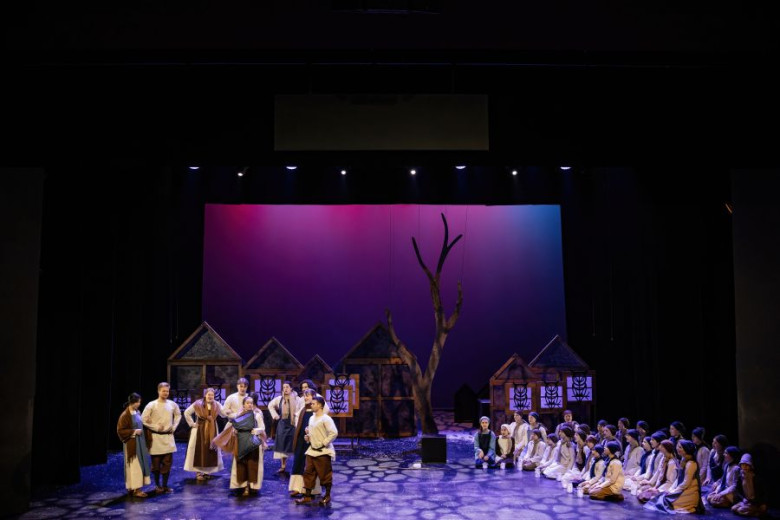 The villagers are aware that nature works according to the principle of balance and that its character must be respected. Photo: Darja Štravs Tisu
The villagers are aware that nature works according to the principle of balance and that its character must be respected. Photo: Darja Štravs Tisu
-
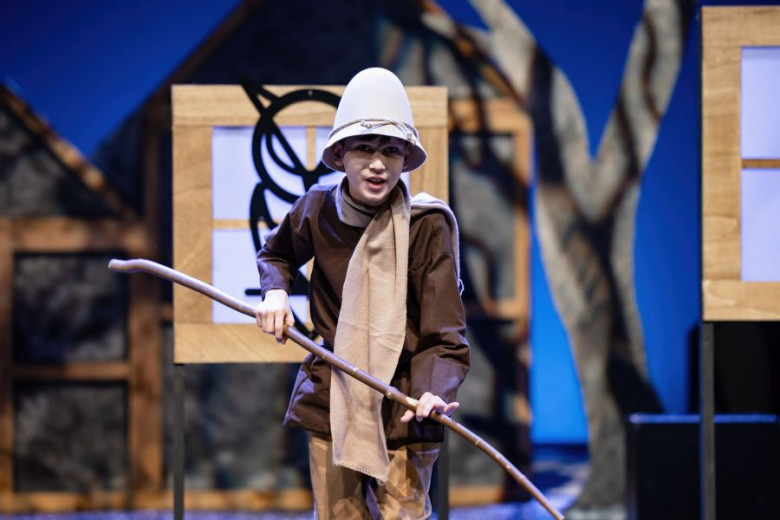 The roles of Kekec are played by Filip Podržaj, Nik Šterk and Anže Šturbej, Kosobrin by Klemen Torkar and Bedanec by Janko Volčanšek. The set design is the brainchild of Jaro Ješe, the costume design of Anjana Pavlič.
The roles of Kekec are played by Filip Podržaj, Nik Šterk and Anže Šturbej, Kosobrin by Klemen Torkar and Bedanec by Janko Volčanšek. The set design is the brainchild of Jaro Ješe, the costume design of Anjana Pavlič.
Between respect and disrespect for nature
This is the relationship that, according to the story, also defines the characters in this operatic rendition of Kekec. The villagers and the boy Kekec respect nature. They are aware that humans are an inseparable part of it. We must live in harmony with nature and be respectful of our environment.
The character representing the story of the present time, who disregards the laws of nature and prefers profit over symbiotic balance, is the evil woodlander Bedanec.
He wants to obtain medicinal herbs in order to resell them and make a good profit.
In order to get his way, Bedanec kidnaps the blind girl Mojca, who lives in the village. He is convinced that Kosobrin will come to rescue her and so he, Bedanec, would snatch the herbs from Kosobrin that he so desperately desires. But the evil man is wrong, because Kekec is a brave boy who is not afraid of him. Kekec’s strength is that he is loved, just as Bedanec’s weakness is his loneliness. Bedanec sometimes comes to the village precisely because he misses the feeling of belonging to a community and he longs for a family.
Kosobrin, however, is the opposite of Bedanec; the old herbalist lives in harmony with nature and believes in its healing power.
He is aware that happiness comes from within and that we do not need much for it. He retreated into isolation to preserve his values.
Restoring harmony
Kekec brings hope to the story and reminds us that a community must always live in harmony.
Disguised as Skovik the Elf, he embodies our hero’s inner voice on his transformative journey.
The owl's screech frightens Bedanec because he knows deep inside that his outward appearance is at odds with his true character.
-
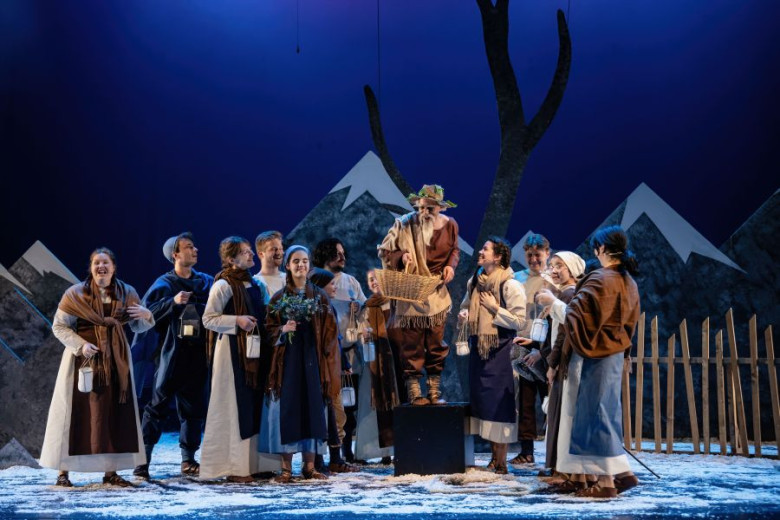 The performance is a co-production of the Slovenian Chamber Music Theatre, Glasbena matica Ljubljana and Cankarjev dom, main cultural and congress centre. Photo: Darja Štavs Tisu .
The performance is a co-production of the Slovenian Chamber Music Theatre, Glasbena matica Ljubljana and Cankarjev dom, main cultural and congress centre. Photo: Darja Štavs Tisu .
-
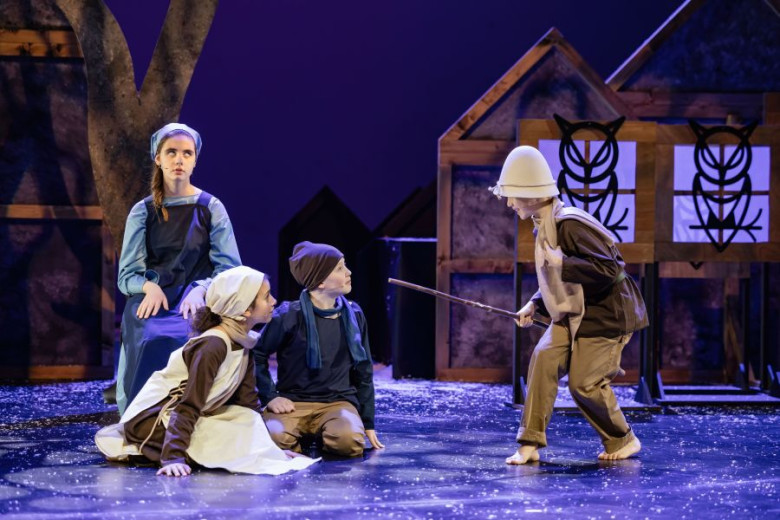 Kekec is a literary character who was first brought to the big screen as a black and white Slovenian youth film in 1951, directed by Jože Gale. It was based on the mountain tale Kekec nad samotnim breznom (Kekec above the Lonely Abyss), the last of Vandot's three Kekec tales, which was published in 1924 by the youth newspaper Zvonček. Photo: Darja Štravs Tisu
Kekec is a literary character who was first brought to the big screen as a black and white Slovenian youth film in 1951, directed by Jože Gale. It was based on the mountain tale Kekec nad samotnim breznom (Kekec above the Lonely Abyss), the last of Vandot's three Kekec tales, which was published in 1924 by the youth newspaper Zvonček. Photo: Darja Štravs Tisu

